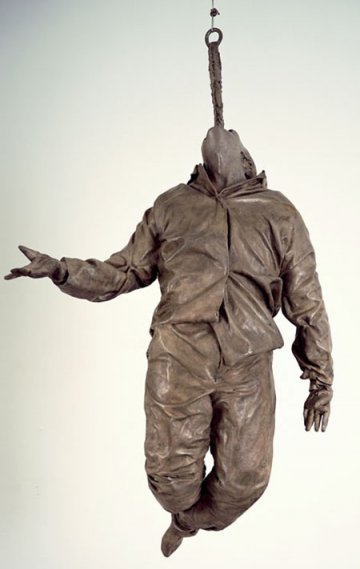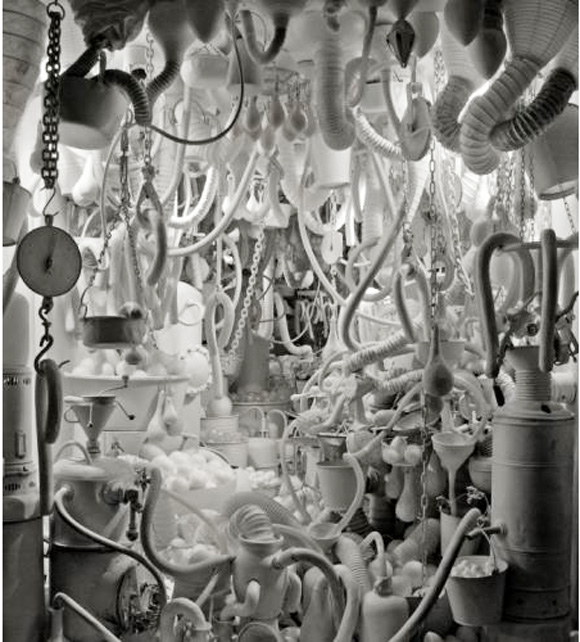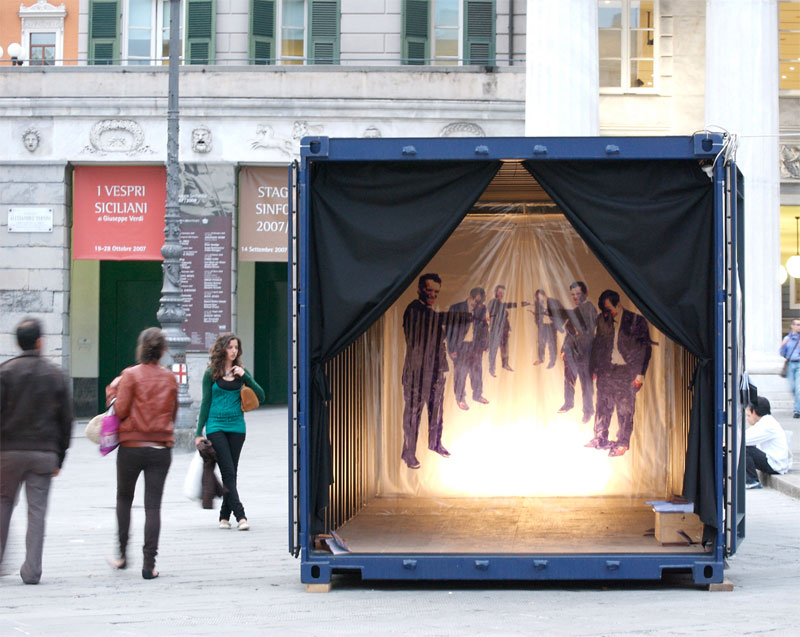 where do you work on your designs and projects?
where do you work on your designs and projects?I have two studios, one in new york and one near seoul.
that is where I make my work, where I give form to my
work. the conceptualization part happens in-between
places, when in transit, like in an airport,
on the airplane or on the train - those in-between places.
I think I have more inspiration when I don't actually make
something. in the beginning, I didn't like traveling too much.
but now it's part of my job. I have to travel a lot and I sort
of developed a habit to use that time for more creative
things. for example, instead of reading, I actually do a lot of
sketching during a flight. I carry a very small sketchbook.
that has been the same format since my college days.
I travel light too, so I always carry those little things and
make sketches.
































